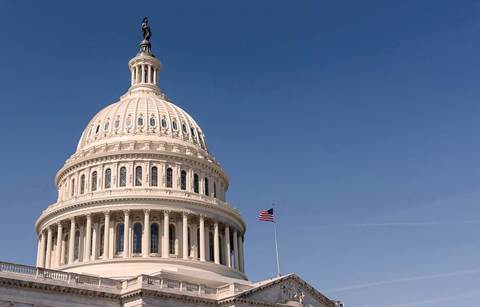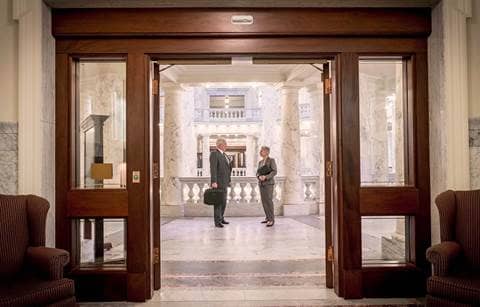On March 27, 2020, the United States Congress passed the Coronavirus Aid, Relief, and Economic Security Act (CARES Act) to speed economic relief associated with COVID-19. The CARES Act included an important revision to depreciation rules enacted as part of the Tax Cuts and Jobs Act of 2017 (TCJA) that corrected a drafting error that many have referred to as the “retail glitch.” This change will qualify certain interior improvements made to nonresidential real property, known as “qualified improvement property” (QIP), for the expanded bonus depreciation provisions in the 2017 law.
The TCJA expanded bonus depreciation rules to allow a 100% write-off for certain property acquired after Sept. 27, 2017, and placed in service before Jan. 1, 2023. However, another provision of the new law reclassified many interior improvements to nonresidential buildings in a way that made them ineligible for this treatment.
Prior to the TCJA, many interior improvements to nonresidential building were eligible for bonus depreciation as QIP. The TCJA eliminated the separate asset categories for qualified leasehold improvements, qualified restaurant property, and qualified retail improvement property, effectively lumping all of these separate classes into one QIP category. However, due to an apparent drafting error, legislators unintentionally excluded QIP from bonus depreciation eligibility.
The CARES Act adjusts the depreciable life of QIP from 39 years to 15 years, thereby making it bonus-eligible property. The new law also makes clear that in order to qualify for QIP treatment, the improvements must have been made by the taxpayer. These changes are effective as if they had been a part of the TCJA.
How to take advantage of the legislative fix
As a result of the legislative fix made via the CARES Act, taxpayers may now claim bonus depreciation for QIP retroactively to when the TCJA was enacted into law. Taxpayers who have claimed depreciation deductions for QIP on post-TCJA tax returns using a 39-year life, and no bonus depreciation may still be able to benefit from the change. Taxpayer options for claiming prior year QIP bonus depreciation include:
- File amended returns for affected prior years to capture the appropriate amount of depreciation deductions in the applicable year. (Partnerships that consider amending prior returns will need to account for the administrative adjustment request (AAR) rules.)
- File superseding returns based on when QIP was placed in service and when the applicable return(s) were originally filed.
- File a Form 3115, Application for Change in Accounting Method, to “catch up” on depreciation deductions that should’ve been captured in previous years.
Taxpayers should consult with their tax advisors to determine which of these options are best suited to their specific situations.
If you have any questions about the eligibility of QIP for bonus depreciation, please contact Jonathan Winterkorn, Lawrence Knutson, or Nate Buchalski.





